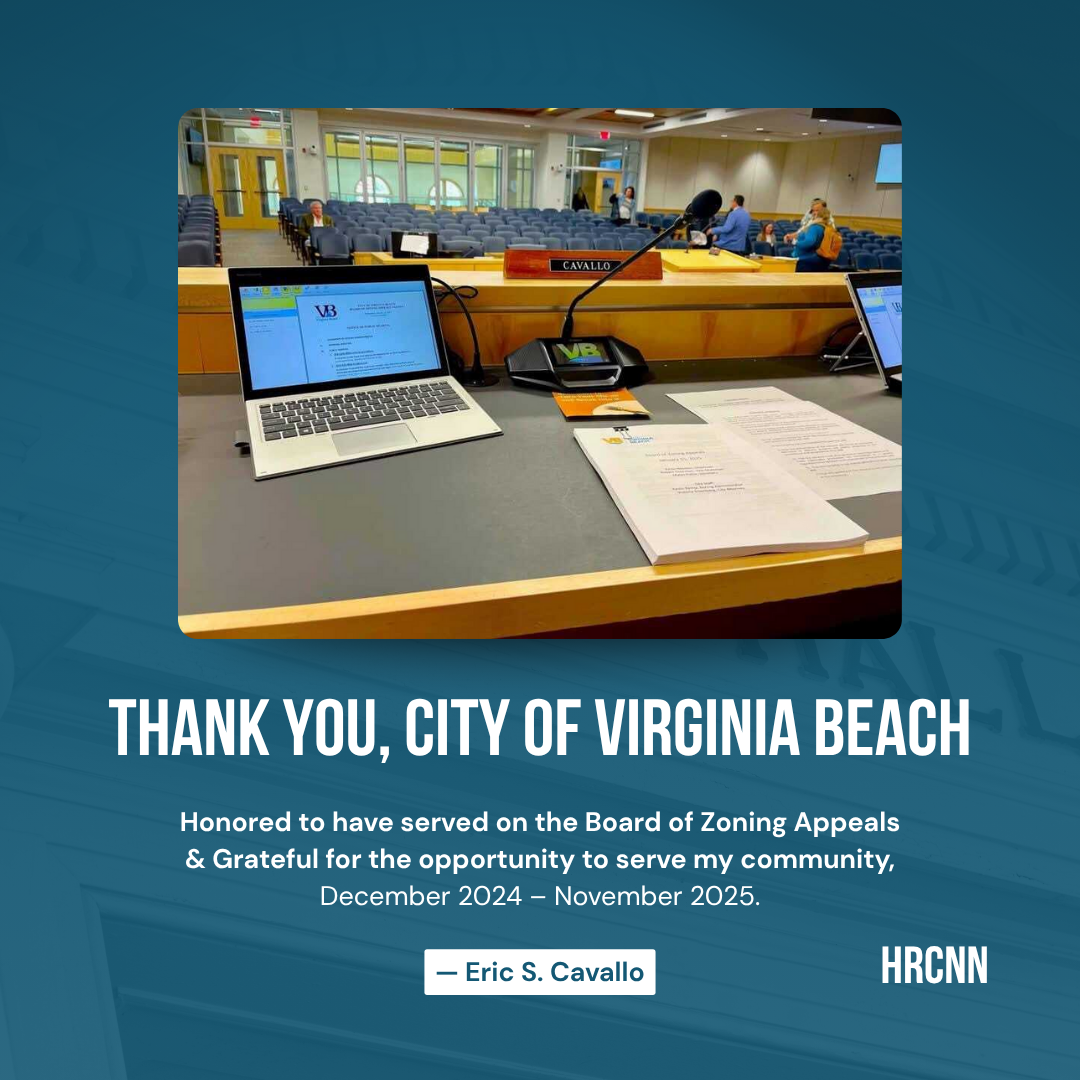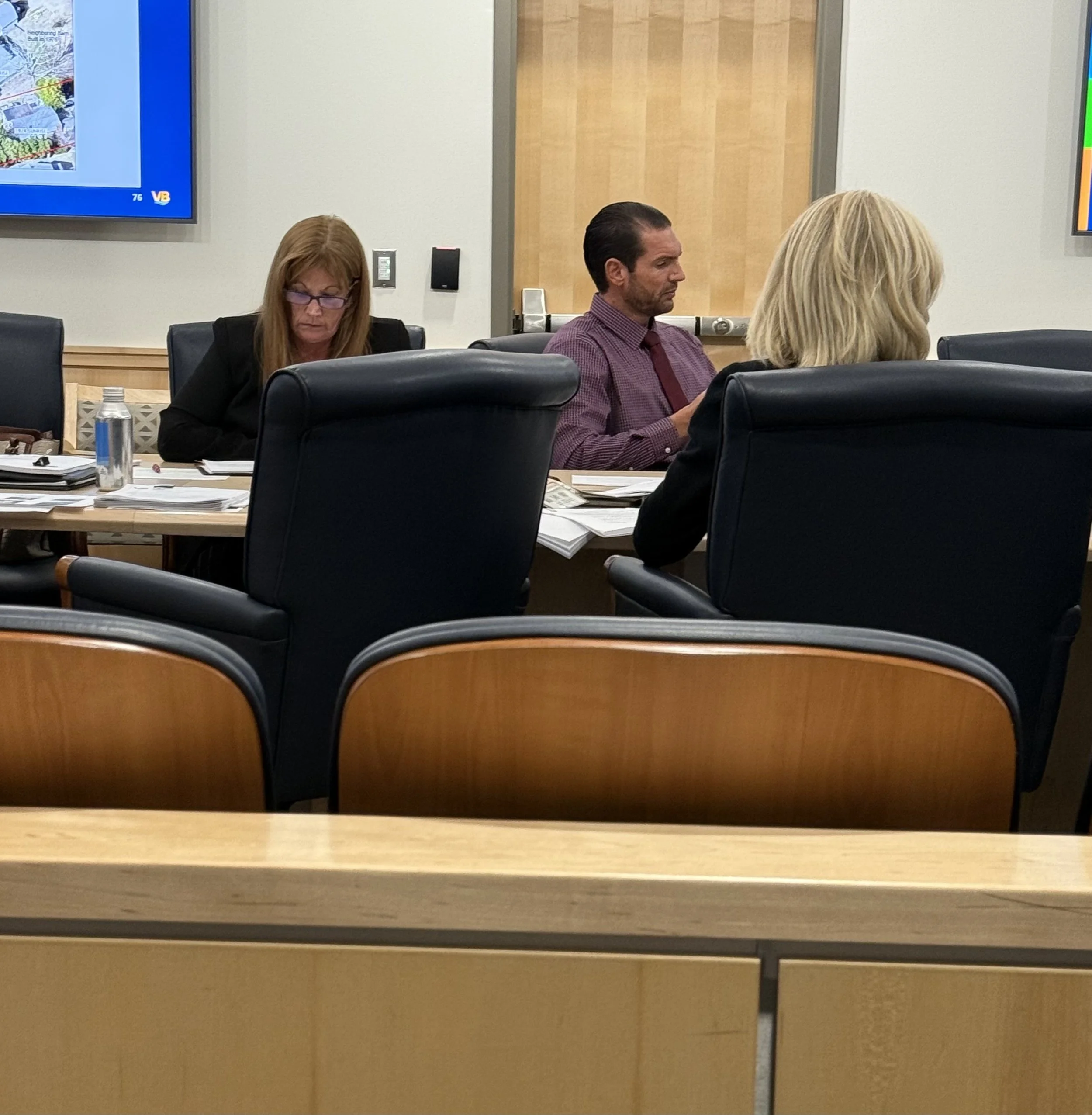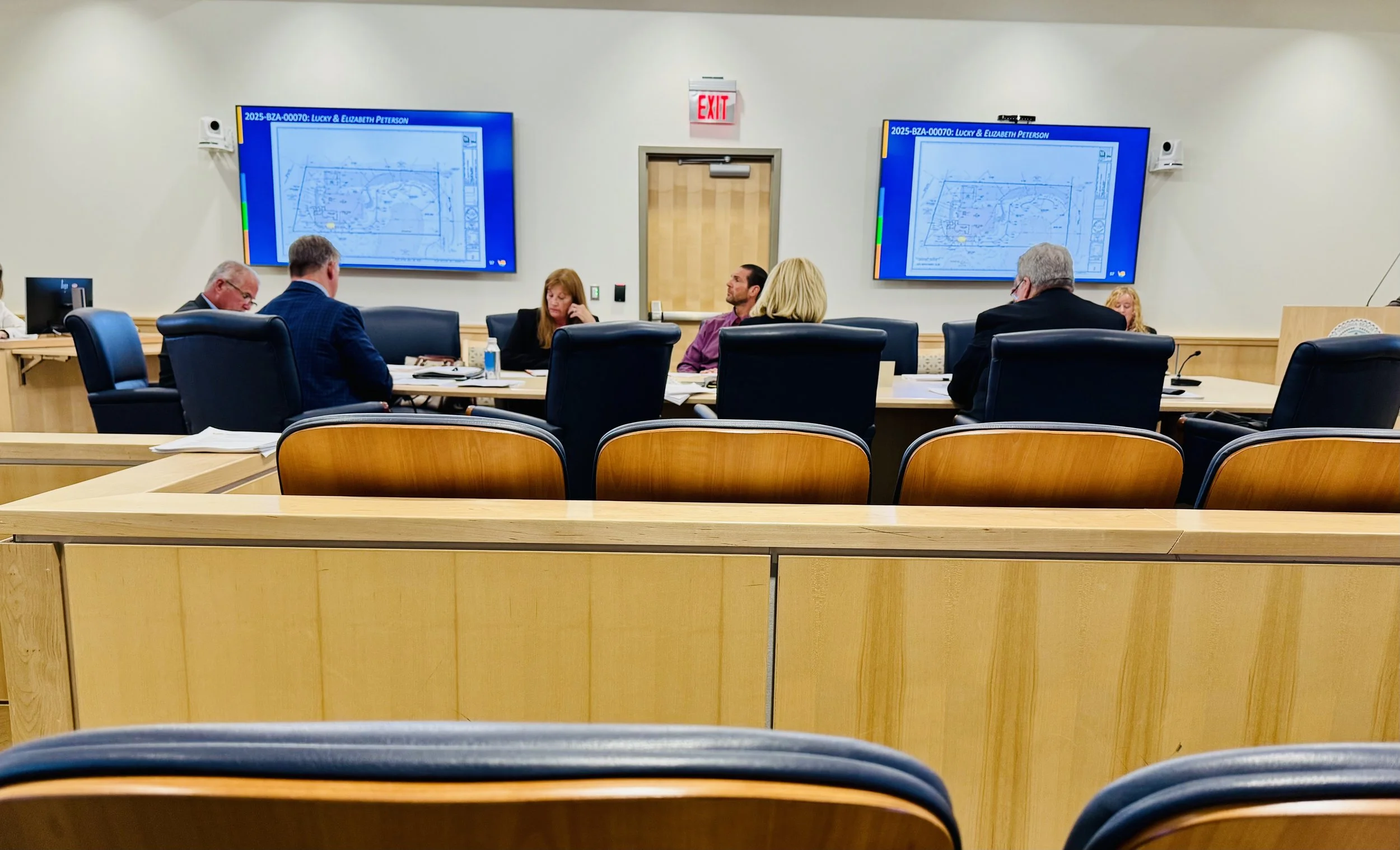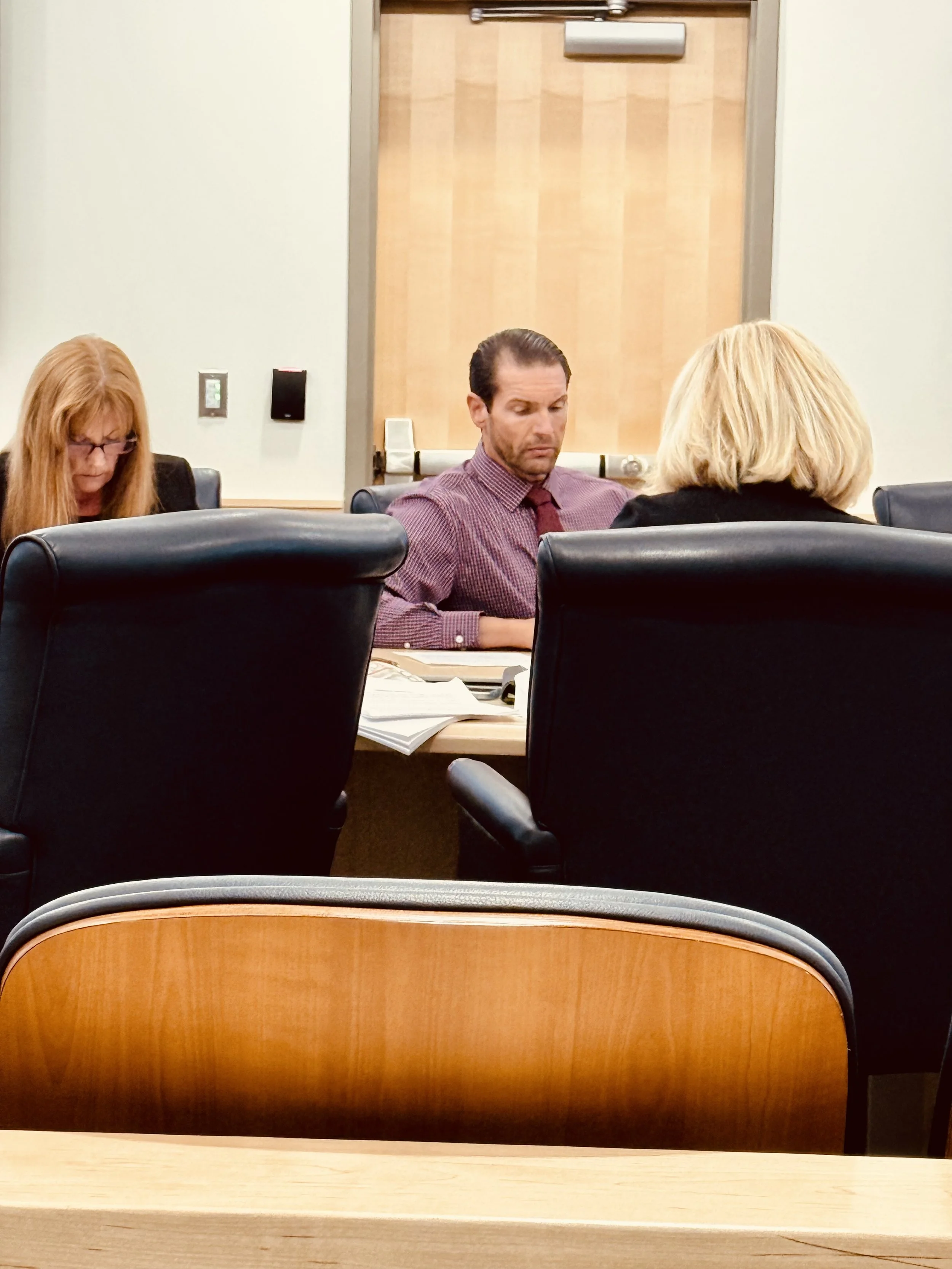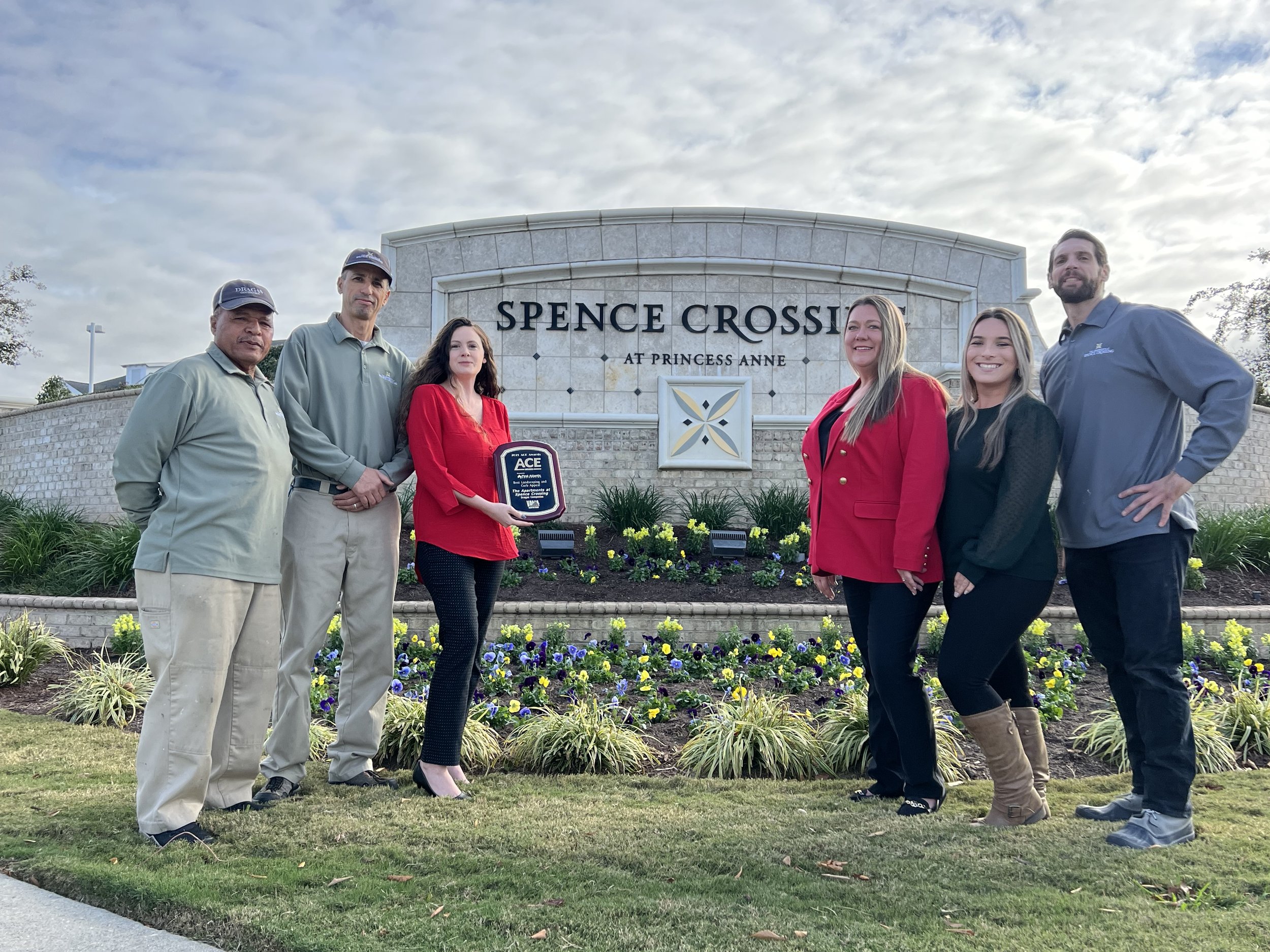By Eric S. Cavallo, Editor-in-Chief
Hampton Roads Construction News Network
Across Coastal Virginia, few companies have altered the industrial landscape as rapidly—or as deliberately—as Amazon. From Suffolk’s fulfillment complex to Chesapeake’s last-mile delivery hubs and Virginia Beach’s expanding distribution corridors, the company’s methodical approach to construction has become a defining force in the region’s modern economy. What began as a handful of logistics centers is now a coordinated network designed around one goal: to move goods with greater speed, scale, and precision than any competitor in the field.
Amazon’s Virginia buildout reflects an engineering philosophy rooted in repetition and refinement. Each project begins with a nationally standardized design that is then customized for local codes, topography, and infrastructure requirements. The company partners with national design-build leaders—firms such as Ryan Companies, Clayco, and Gray Construction—while engaging local contractors to navigate the Commonwealth’s stormwater regulations, permitting processes, and site-plan reviews. The result is a sequence as predictable as it is efficient: site grading, tilt-up concrete panels, prefabricated steel framing, and just-in-time material delivery that keeps each schedule on track despite tight labor markets and supply-chain variability.
Behind that rhythm lies a clear construction strategy. Amazon’s architects and engineers rely on data-driven modeling to optimize interior flow and automation. Trade crews work in overlapping phases, compressing timelines without sacrificing safety or compliance. What appears outwardly routine is, in reality, an advanced logistical exercise—an orchestration of people, materials, and machines that mirrors the efficiency of the company’s own fulfillment system.
In Hampton Roads, that precision translates into tangible local impact. The Suffolk fulfillment center alone encompasses more than three million square feet of racked inventory space and represents one of the largest industrial investments in the region’s history. Delivery stations in Chesapeake, Norfolk, and Newport News have introduced upgraded stormwater controls, improved road access, and hundreds of construction and permanent jobs. Each project extends opportunity to regional subcontractors in grading, electrical, fire suppression, and mechanical systems—building capacity within the local trades that will outlast the projects themselves.
City planners have followed closely as Amazon’s facilities test the limits of existing zoning and transportation frameworks. Industrial corridors once defined by shipbuilding and warehousing now accommodate a new generation of logistics architecture. Municipal boards have fielded questions about truck circulation, noise mitigation, and impervious surface area, prompting a broader conversation about how to balance regional growth with neighborhood livability. The dialogue has elevated expectations for buffering, drainage, and multimodal access across every new industrial rezoning.
At the same time, Amazon’s expansion signals a shift in the economic identity of Coastal Virginia. The region’s traditional reliance on defense contracts and port operations is being supplemented by e-commerce logistics, renewable-energy supply chains, and advanced manufacturing. By situating major distribution nodes near the Port of Virginia’s maritime infrastructure and the Interstate 64–58 corridor, Amazon has positioned Hampton Roads as a strategic junction in its East Coast network—a geography where maritime trade meets next-day delivery.
For builders, the lessons are immediate. Design-build firms that once specialized in retail or office construction are now refining workflows to meet the precision standards demanded by modern logistics facilities. Prefabrication, modular assembly, and data-driven scheduling have become industry norms, transforming not just how these projects are built but how local contractors think about efficiency itself. Many view Amazon’s job sites as practical laboratories for the future of industrial construction.
As technology continues to evolve—from robotics and AI-assisted inventory systems to net-zero building targets—Amazon’s construction strategy in Coastal Virginia offers a window into what comes next. The company’s ability to integrate automation with environmental compliance will shape both the form and the function of future facilities. For the region, it represents a chance to capture long-term economic value while setting higher standards for sustainable, code-compliant industrial growth.
About Hampton Roads Construction News Network (HRCNN)
The Hampton Roads Construction News Network delivers accurate, in-depth coverage of construction, infrastructure, zoning, and development throughout Coastal Virginia. Through balanced reporting and technical insight, HRCNN serves as a trusted source for builders, policymakers, and residents seeking a clear view of how the region grows—and the people and projects shaping its future



